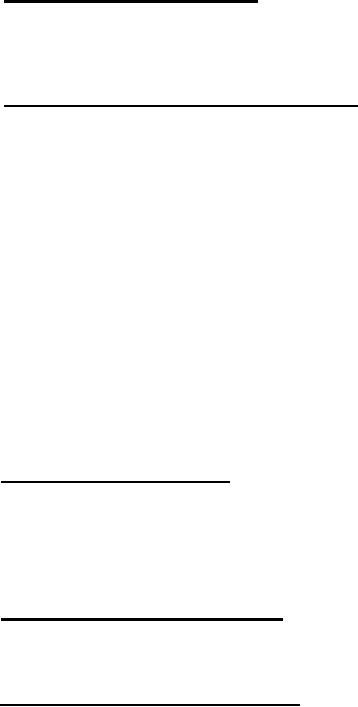 |
|||
|
Page Title:
Collimation - elevation and deflection |
|
||
| ||||||||||
|
|  MIL-P-63332(AR)
4.6.11.2 Sparking - image steadiness. Perform this test subsequent to,
and utilizing the procedure specified in 4.6.11.1. Observe the screen of the
energized image tube for a time period of not less than one minute. During
the one minute period of observation there shall be no visible or audio evi-
dence of sparking or arcing, as specified in 3.11.9.1.2.
4.6.11.3 Collimation - elevation and deflection. This test, and the
tests specfied in 4.6.11.10 through 4.11.14 shall be performed with the
body assembly removed from the mounting plate assembly. Position the cali-
brated penta prism in the reflected light path of the head assembly so that
its incident surface lays in a plane that is parallel to Datum Plane "A". The
emergent surface of the prism shall lay in a plane that is parallel to Datum
Plane "D". Position the viewing telescope in line with the prism so that its
optical axis is maintained parallel to Datum Plane "A", and perpendicular to
Datum Plane "D". The horizontal and vertical target Image for this test shall
be projected in white light. The horizontal and vertical reticle lines of the
viewing telescope shall be superimposed on the target image lines prior to
positioning the head assembly in the holding device. Rotate the Input coupl-
ing to the angular value specified in 3.11.9.2. Observe the target image
through the viewing telescope. Any adjustment of the viewing telescope micro-
meter knobs to obtain coincidence of the collimator reticle lines and the tar-
get image lines is the amount of collimation error. Collimation of the head
assembly shall meet the requirements of 3.11.9.2.1 and 3.11.9.2.2.
Caution shall be exercised during all tests of the head assembly to
NOTE:
prevent the input coupling from striking hard striking hard against the
travel stops.
4.6.11.4 Image tilt - unity-power. Position the input coupling as in
4.6.11.3. Position an auxiliary telescope containing a crossline reticle pat-
ten at the exit aperture of the unity-power system. Plumb the vertical reti-
cle line of the telescope and superimpose the reticle line on the vertical
target line image. The image of the vertical target line shall be parallel to
the telescope vertical reticle line within the tolerance specified in
3.11.9.3.1, as measured on the target.
4.6.11.5 Image tilt - nine-power system. Perform this test as in
4.6.11.4 utilizing the viewing collimator positioned at the periscope eye-
piece. Image tilt of the nine-power system shall conform to the requirements
to 3.11.9.3.2.
4.6.11.6 Parallelism of reticle and image. Project the reticle pattern
into the nine-power system. Remove the viewing telescope from the line of
sight and position the input coupling as specified in 3.11.9d. Perform the
test when one extremity of the indicated projected reticle line is coincident
to the horizontal target line image. The reticle line shall be parallel to
the target line within the tolerance specified in 3.11.9.4, as measured on the
target.
31
|
|
Privacy Statement - Press Release - Copyright Information. - Contact Us |